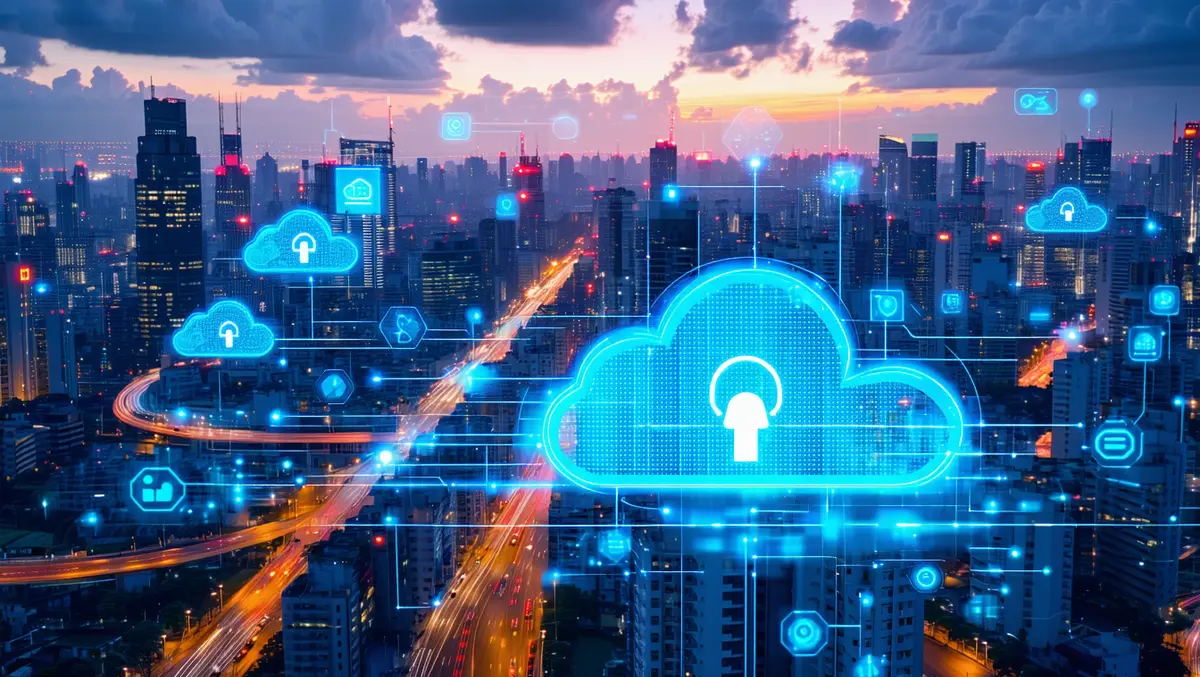
Foresight into security: i-PRO predicts 2025 trends
As the physical security industry gears up for 2025, i-PRO has outlined four significant trends expected to influence approaches to security that year.
The company, known previously as Panasonic Security, has emphasised the roles of artificial intelligence (AI), cloud expansion, edge processing, and data integration in transforming security solutions.
Edge AI technology is forecasted to play a crucial role. With AI-based analytics being processed locally, security systems are transitioning from reactive operations to proactive and preventative measures. This facilitates better safety and operational efficiency by preemptively addressing potential incidents. "Moving away from the 'one-size-fits-all' model, video cameras with AI on-site learning enable customized functionality that caters to the unique needs of every organization," said Hideo Noguchi, Chief Technology Officer at i-PRO. "By learning objects and characteristics on-site, distinct events can be tracked and analyzed, further enhancing security and operational intelligence."
Data integration is highlighted as another vital area. Security systems are expected to evolve beyond stand-alone solutions and present a seamless flow of data across different devices and platforms. While AI will assist by summarising and contextualising this data, human decision-makers are anticipated to remain central in interpreting these insights. Gerard Figols, Chief Product Officer of i-PRO, commented, "Data integration will also be pivotal. Security systems must go beyond isolated solutions to provide a seamless flow of information between devices and platforms. Visualization tools will ensure that data is presented in an intuitive manner, empowering operators to make informed decisions quickly. It will be more important than ever to match these powerful edge computing devices with a compatible VMS to interpret the wealth of data available."
There is also a discussion about the balance between cloud and edge computing. While cloud computing provides scalability and flexibility, its costs and latency issues are bringing edge computing into sharper focus. Processing data locally at the camera level reduces dependence on cloud infrastructure, enhancing response times and accuracy by eliminating compression losses.
Emerging advancements in chipsets, particularly those from Ambarella, are anticipated to unlock generative AI capabilities on the edge, which could lead to customised and decentralised AI applications. This will further enable systems to anticipate and simulate potential threats effectively. It is expected to make previously cloud-dependent functions possible on lower-power systems, which can enhance security and cost-effectiveness.
The path forward involves prioritising ethical AI and robust cybersecurity measures, according to i-PRO. They are committed to ensuring that AI applications are privacy-respecting and align with the core values of their customers. The emphasis on open platforms is intended to allow integrators to build cooperative, customisable ecosystems that adhere to high standards of data integrity and cybersecurity.


